Anyone that has ever tried to photograph people dancing knows it's not an easy task. Often times the dance floor is dark, your subjects are moving all over the place, and it can be really hard to catch those special moments that make an image amazing. I've been photographing dance professionally for several years now and in that time I've been approached by hundreds of amateur photographers looking for advice. In reviewing their images I often find that their problems are pretty easy to solve. So I thought I would write this short beginners guide for photographing dance in any location.
Lighting
The number one thing I see people fumbling over is lighting. On Top of being dark, most venues use colorful effect lights that can play havoc on your white balance. If you aren’t already using an external flash, you need to be! It's just not possible to obtain proper exposure if you don't have light to work with. Also taking advantage of off camera flash can add so much to your photos with relatively little effort.
Direct Flash vs Bouncing - There are two main ways to use on camera flash. One is where you shoot the flash directly at your subject and other is when you bounce the flash off of a brightly painted surface like a white ceiling.
I see a lot of photographers using direct flash because it's easy and you have a longer effective exposure range. Unfortunately hitting someone with direct flash creates a very harsh unflattering light.
Bouncing the flash is harder to do because you have to adapt to the situation, but the benefits are so worth it. When bouncing off a surface, you aren’t hitting the subject directly, so the light is more diffused and flattering.
The negative thing about bouncing flash is that you're a slave to your environment. It can’t be done in a venue that doesn’t have ceilings or walls, like outside. Also if you are shooting in a place where the building isn’t painted white or grey your camera can pick up foreign colors. For instance, if the ceiling is painted a tan color, your images can come out looking orange. Also, you have a shorter effective exposure range. Unlike direct flash, your light has to bounce off a surface and fall onto your subject, meaning a loss in power.
Direct....
Vs. Bounce
Off Camera Flash- If you're in a place that allows you to set up some light stands, off camera flash can really make your images pop. If you're in a room with a lot of distracting elements in the background like people, your subjects can get lost in the clutter. This gives your images a flat uninteresting look and takes away from the dancers. Often times I avoid this by setting up one or more flashes in the background or on the sides. This gives the dancers a more dynamic lighting and separates them from what would be a distracting background.
Side Note:If you want to play around a little, gel your back flash with a cool color like blue or green. As long as your flash isn’t set too high you should be able to get a cool looking lens flare. If done right this can add a really interesting element to your photos.
Camera setting
Even a person that knows how to obtain proper exposure in most situations can have a really hard time when shooting dance. Images can be underexposed, blurry, out of focus, or all three at one time! The reasons vary, but let me explain how I narrow down my setting to offer the best most consistent results.
Shutter Speed - If you're in a dark location the loss of light you get from a fast shutter can make it really hard to get proper exposure, but a blurry picture is a useless one so you have to bite the bullet. Since I almost always shoot with flash I start by setting my shutter to my flash sync speed (On my 5d Mark III that's 1/200). I would prefer a higher sync speed seeing as how at 1/200 you might get some ghosting when the subjects are moving quickly. In a perfect world, I would like to shoot with a shutter between 1/250 - 1/320. At that point, you could still get ghosting, but it's manageable and anything higher than that will probably make your images too dark. Sync speeds differ depending on your camera. So if you don't know what your camera is, look it up in your manual or check online.
Aperture- Once my shutter is set I then figure out my aperture. Now most people's first instinct when shooting in low light is to open their aperture up as far as they can. In dance, this can be problematic since you have to get two subjects in focus. Unless timed perfectly at f/2.8 at least one person is almost always going to be a bit blurry. So I try to go no lower than f/4. Sometimes this isn’t an opinion and opening the aperture is your only choice, but try to close down as much as you can. In the image below you can see that even at f/3.5 the lead is out of focus.
ISO- After your shutter speed and aperture are locked in, you have to set your ISO. Now when setting ISO, the general rule is the lower the better. The lower the ISO is, the less noise you're going have in your images making them look cleaner. So you really want to try and set the ISO as low as possible. This is wear a nice full frame camera can really help. Full frame camera’s normally operate much better with high ISOs. With my old cropped sensor T1i I couldn’t push my ISO past 1600 without destroying image quality. With my Mark III can safely push my ISO to 3200 although I prefer to stay around the 2000 range. Now sometimes if you're shooting at a smaller local venue a little noise doesn’t hurt because the atmosphere supports a little grunginess, but with ballroom and weddings I find that cleaner is better.
Timing and Location
Photographing subjects that are locked at the hand and spinning in circles can be a nightmare. I can’t tell you how many times I have missed a shot by what seemed like 0.0000002 of a sec and got nothing but a very solid picture of the back of someone's head. To counter this you have to realize a simple truth about photography. When your looking down your viewfinder and you see what could be a amazing photo, it's already gone…….. You can click that button really fast, but by the time you take the shot, that moment is history. You have to predict your moments and steal them.
Also location is really important. If you're not in the right place at the right time you will miss the shots you want. This is especially true when shooting with off camera flash because your subjects have to enter your pre-planned light pool.
In the end you really have to figure it out one dance at a time. No dance is the same, so you have to attack it from a new perspective every time. I hope this guide will help push your dance photography to the next level. Please leave comments and let me know if you have any advice or questions!




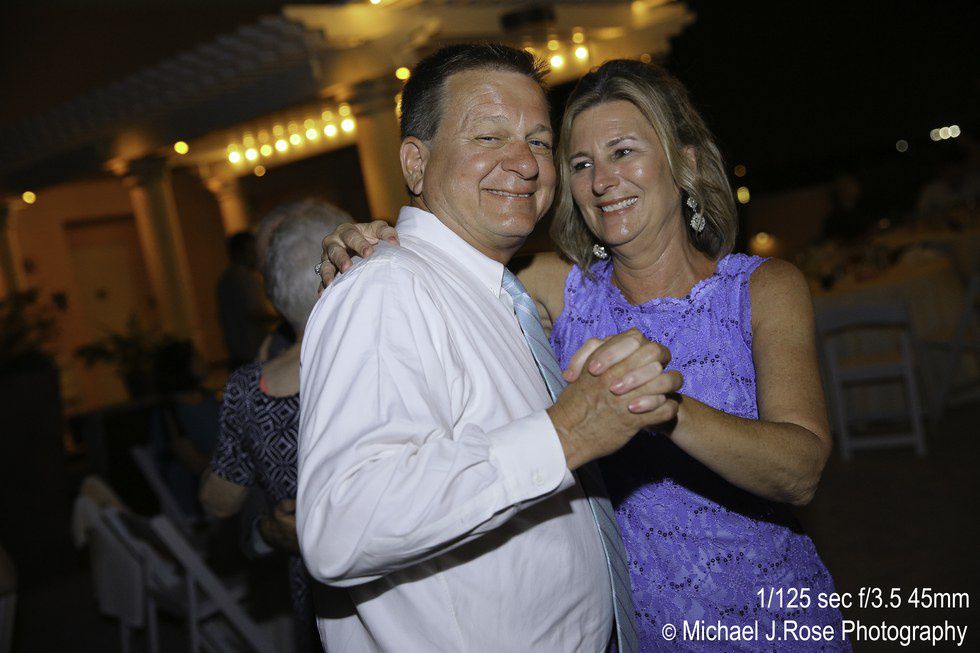
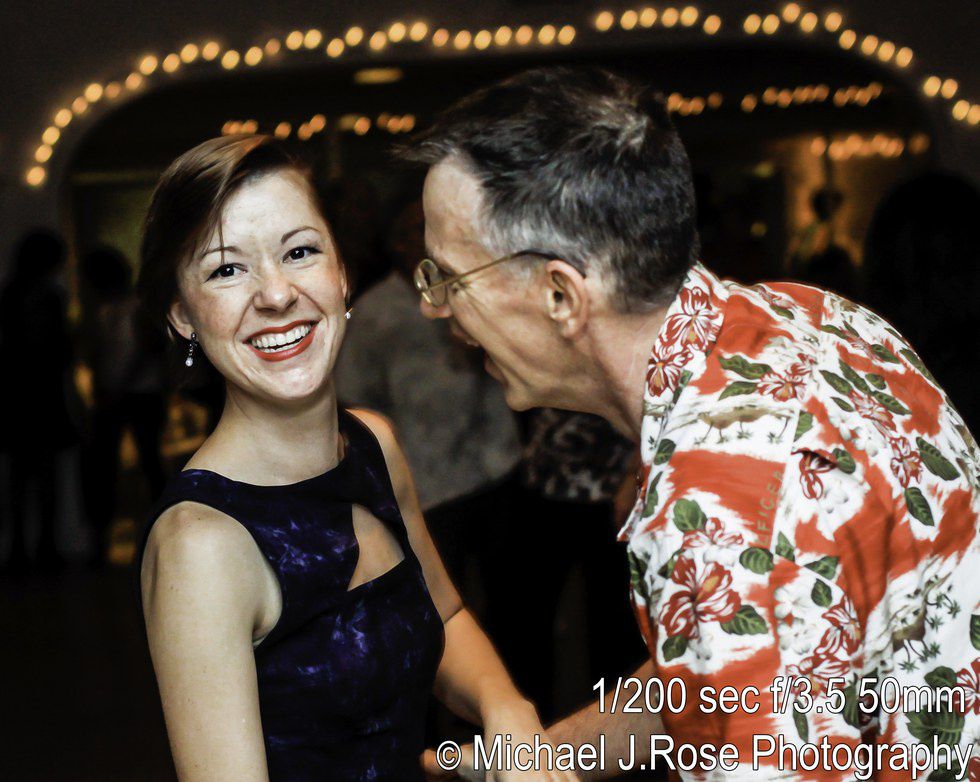
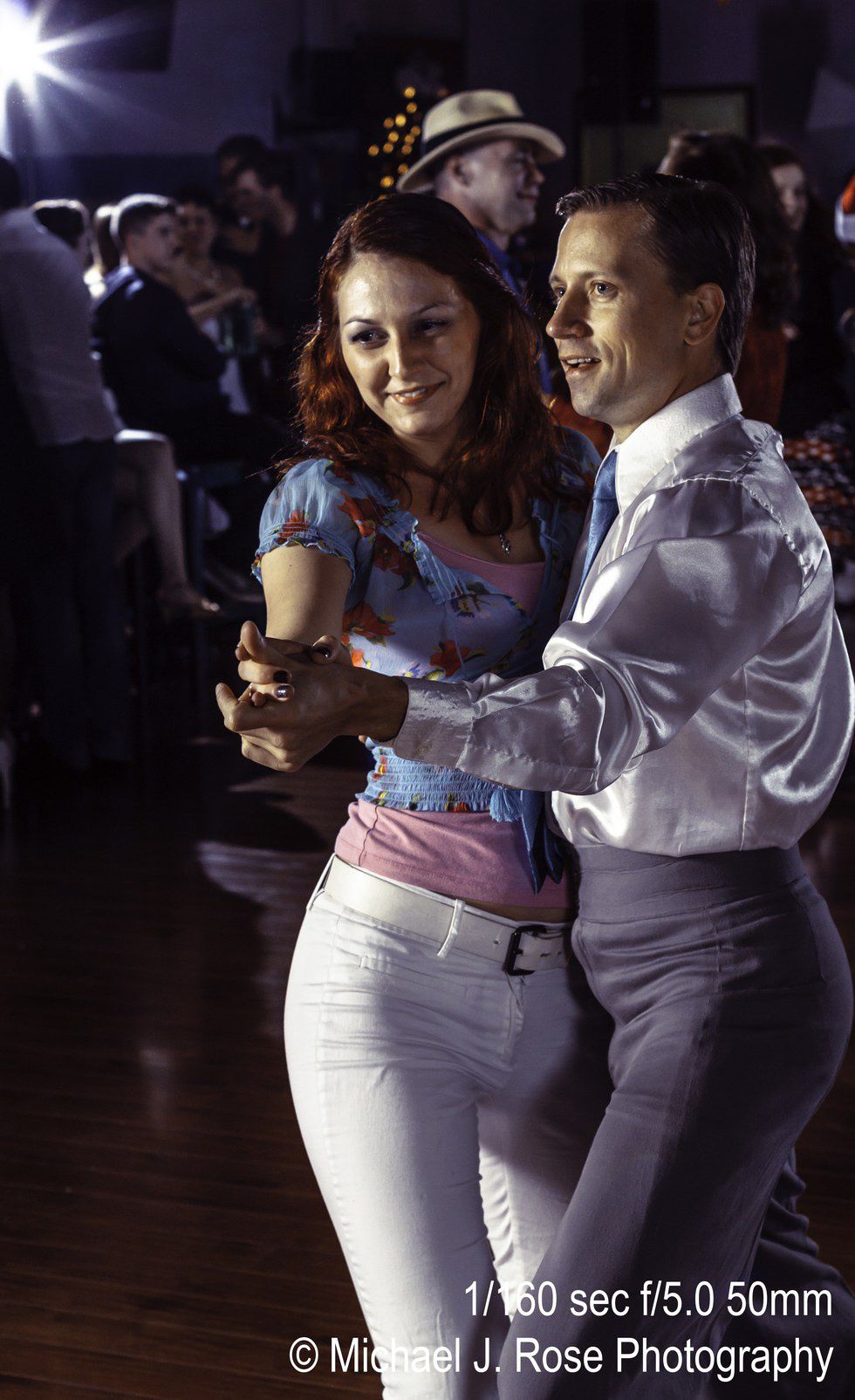
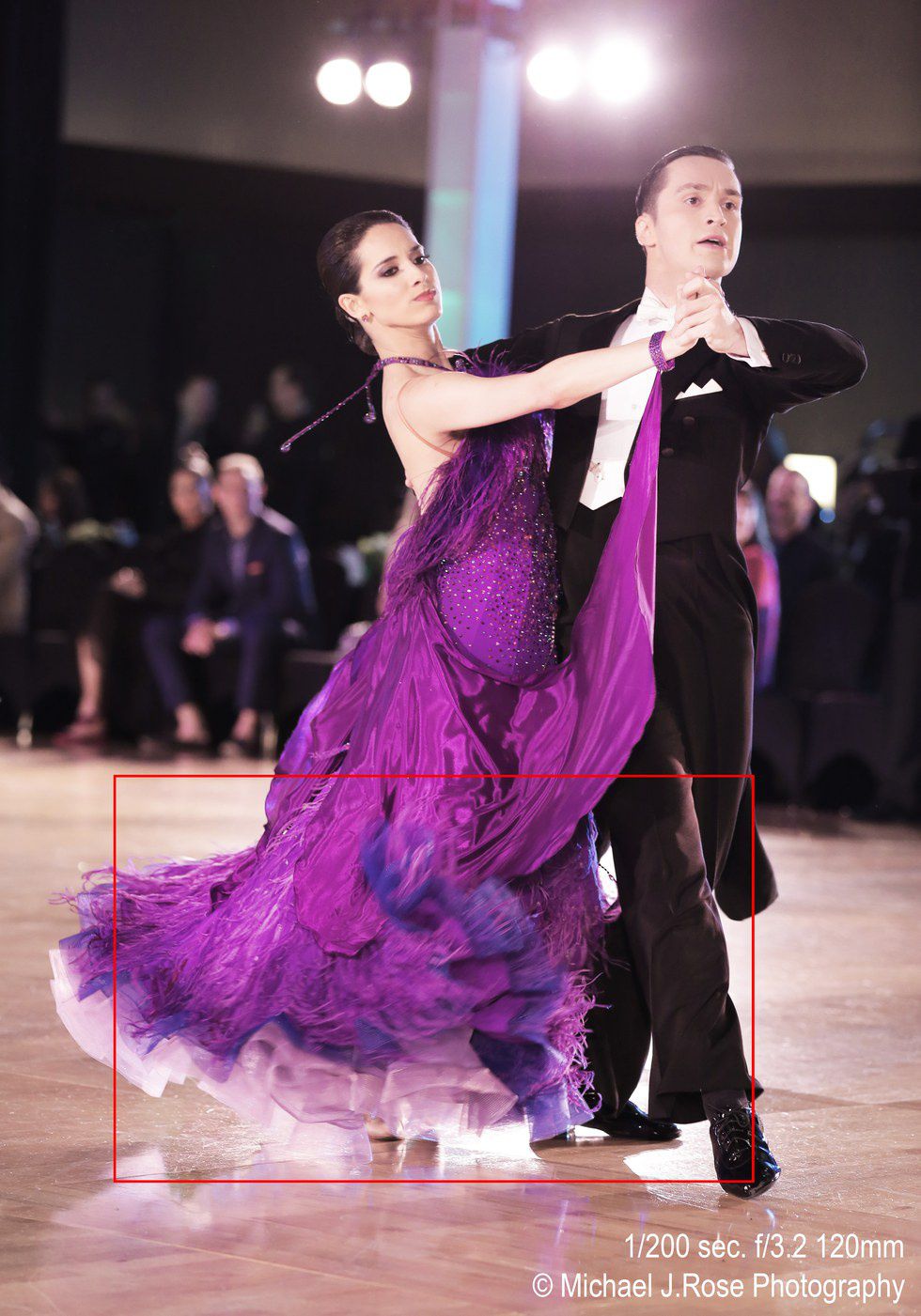
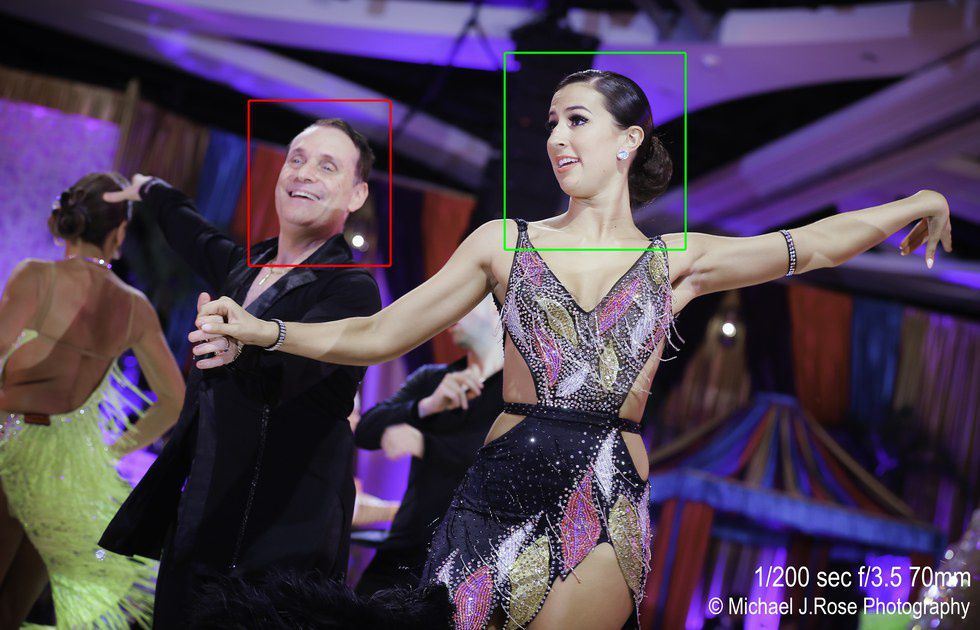
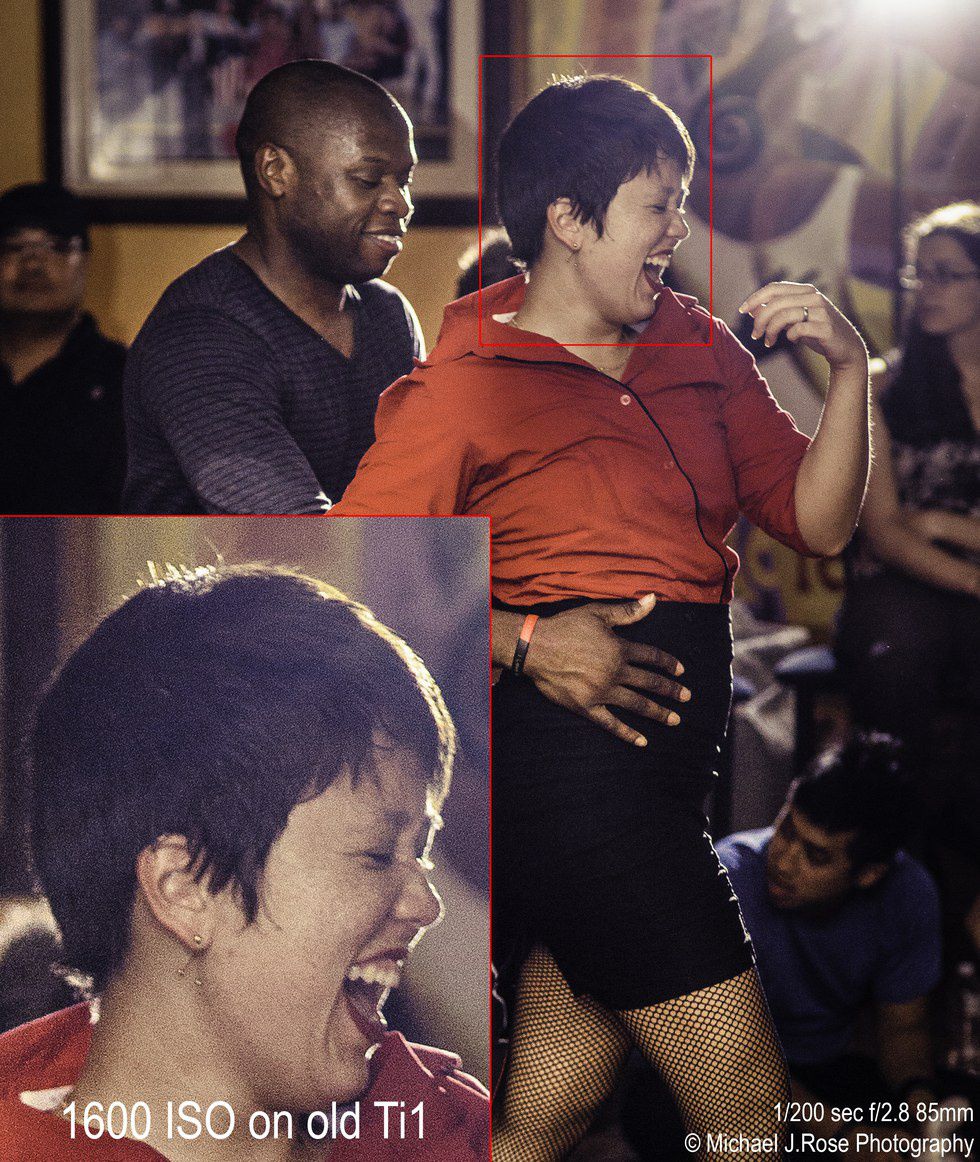
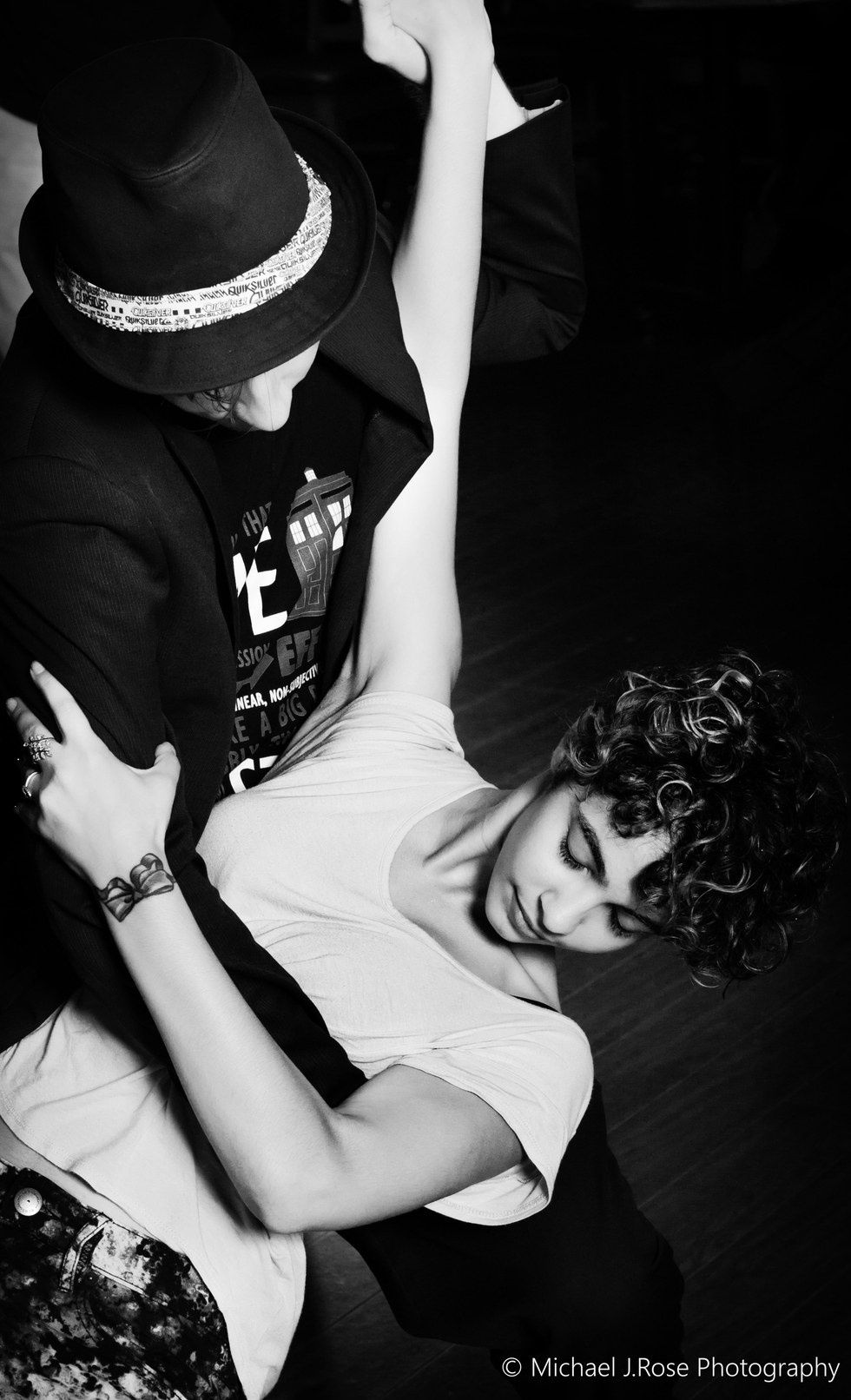


 Energetic dance performance under the spotlight.
Energetic dance performance under the spotlight. Taylor Swift in a purple coat, captivating the crowd on stage.
Taylor Swift in a purple coat, captivating the crowd on stage. Taylor Swift shines on stage in a sparkling outfit and boots.
Taylor Swift shines on stage in a sparkling outfit and boots. Taylor Swift and Phoebe Bridgers sharing a joyful duet on stage.
Taylor Swift and Phoebe Bridgers sharing a joyful duet on stage.













